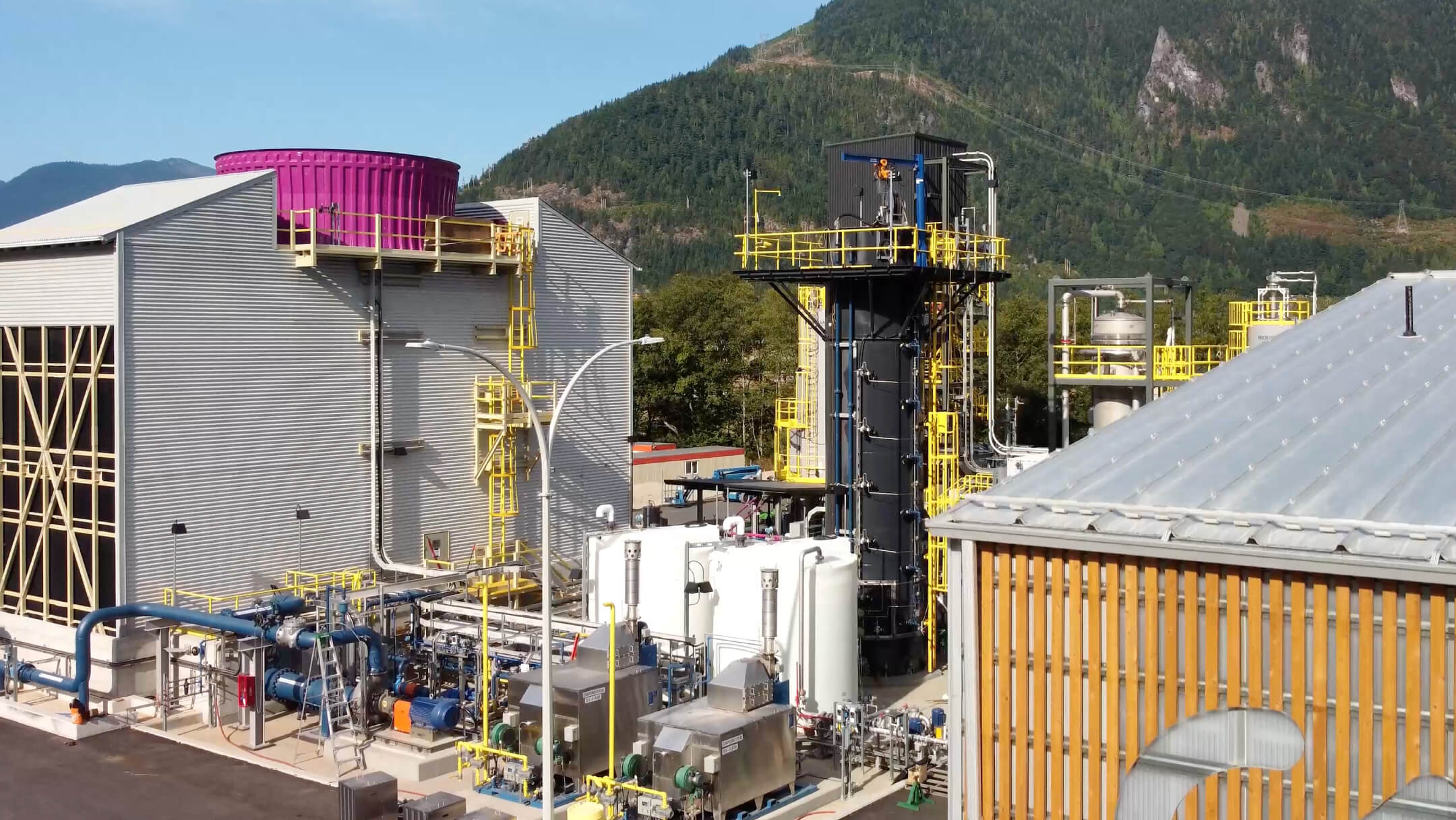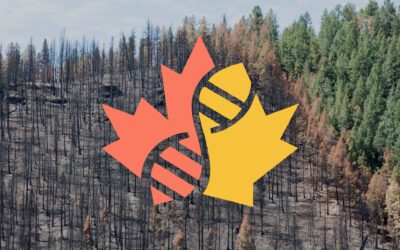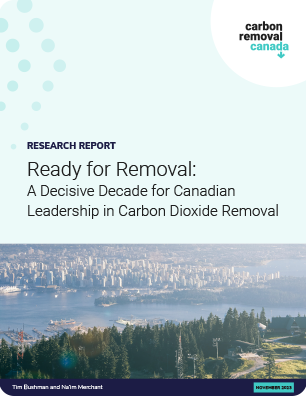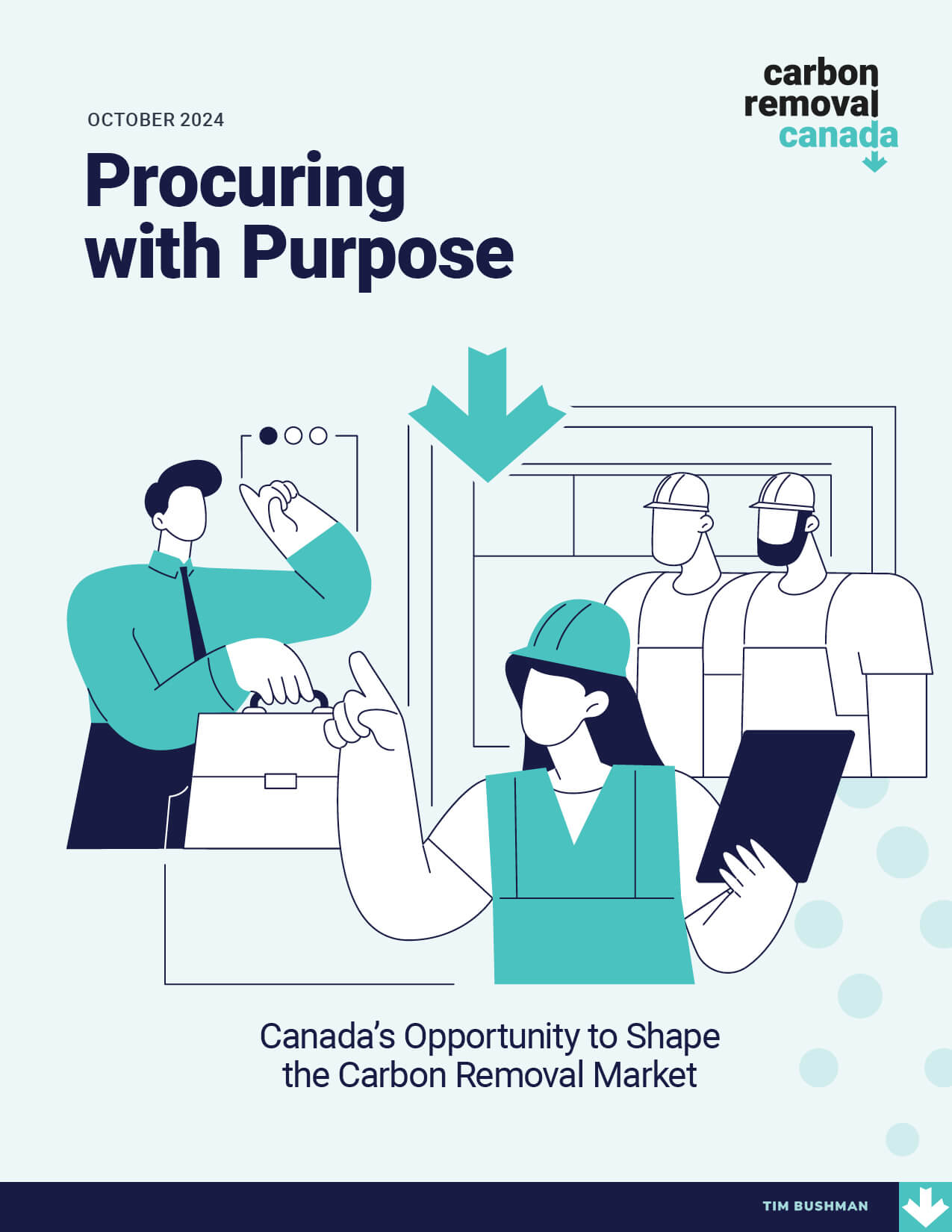Courtesy of Carbon Engineering
Last month, in what is likely to be the world’s first government-issued protocol for direct air capture (DAC), the Government of Canada released a draft federal offset protocol to support the development of DAC projects.
What does the DAC protocol mean for the
Canadian carbon removal industry?
This protocol will allow carbon removal companies and developers undertaking DAC projects in specific locations across the country to generate federal offset credits for use by industrial emitters. These credits could help industrial emitters meet a portion of their compliance obligations within certain carbon pollution pricing systems in Canada and create new business opportunities for DAC companies and project developers within these systems.
Although still in draft form and subject to change, the protocol currently defines eligible projects as those which remove CO2 directly from the atmosphere and permanently store it onshore in subsurface geologic formations for at least 100 years. The draft protocol does not allow the CO₂ to be stored in other mediums (materials or products), nor can it be used for enhanced oil recovery.
Importantly, project activities must occur in provinces and territories that already have CO2 storage regulatory frameworks in place. This currently includes Alberta, British Columbia, and Saskatchewan. Ontario is also in the process of drafting subsurface CO2 storage regulations.
Why is the protocol focused on DAC?
To achieve a climate-relevant scale of carbon removal at the multi-gigaton level per year, the industry must test and scale a portfolio of the most promising methods. DAC filters CO₂ directly out of ambient air and has garnered much attention in the carbon removal industry. Estimates suggest that there are now 142 DAC companies incorporated globally, eight of which are located in Canada. That makes Canada home to the third highest number of DAC companies in the world, behind the United States (74) and the United Kingdom (9).
This may be due in part to the burgeoning policy and regulatory environment to support DAC projects in Canada, including its signature Carbon Capture, Utilization, and Storage (CCUS) Investment Tax Credit (ITC) that received royal assent in 2024 and includes a refundable tax credit for qualifying expenditures from DAC projects of up to 60 percent through 2030 and 30 percent for the period 2031 – 2040.
Additional policy support for DAC may also become available at the provincial level in Alberta through the Alberta Carbon Capture and Incentive Program. Deep Sky, a Canadian carbon removal project developer, has announced plans to build an innovation and commercialization center in Innisfail, Alberta. It is scheduled to become operational in 2025 and will pilot a host of different DAC technologies.
What’s next?
As part of a broader suite of policies, the protocol has the potential to attract investment and spur DAC project development in Canada. Although it is too soon to say how effective the protocol will be, what is clear is that the Government of Canada continues to push the needle on ways to support the carbon removal industry.
Through the new protocol and the Government’s earlier commitment to purchase $10 million of carbon removal through a federal procurement program, Canada’s policies should be instructive for other political jurisdictions worldwide. Success in realizing a carbon removal industry at scale will ultimately depend on deploying tailored policy measures to support a range of methods (including but not limited to DAC) to better understand which have the potential for sustainable scale-up in the future.
Carbon Removal Canada encourages all interested parties to review and submit comments to the Government of Canada on its draft DAC protocol by the deadline of March 28, 2025. The Government of Canada will also hold a webinar on February 19, 2025, to discuss the protocol in more detail and answer questions. The draft protocol and submission instructions for public comments are available here.
